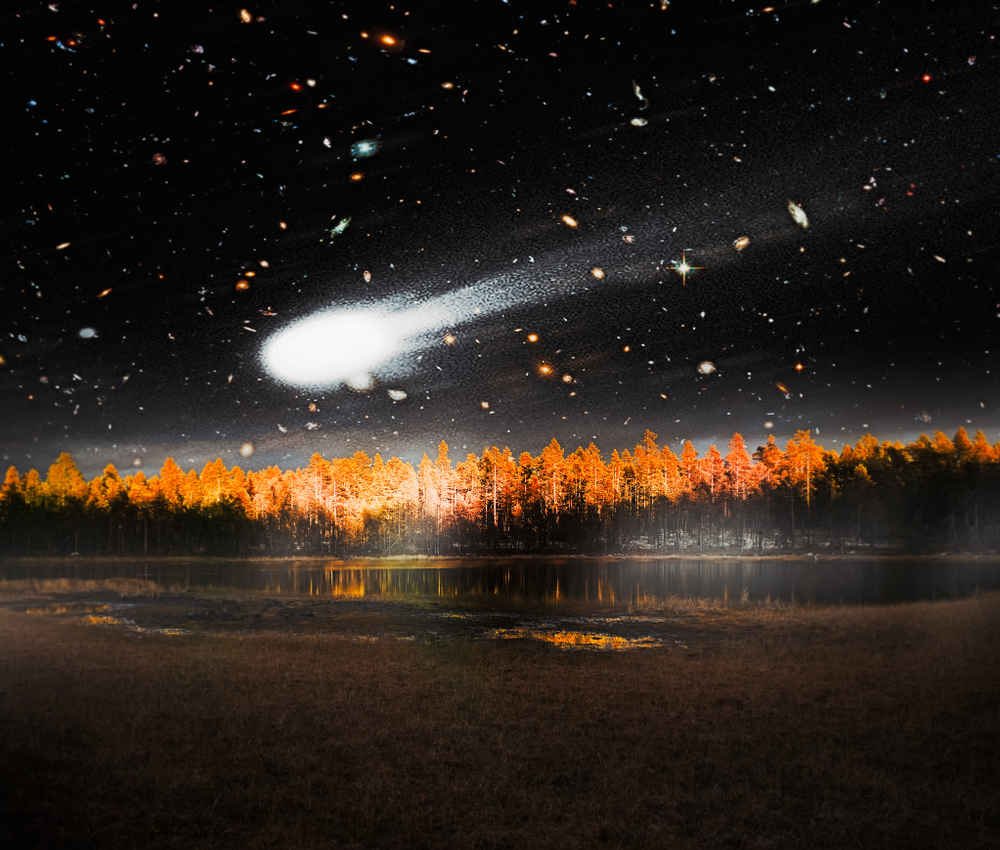Scientists have made extraordinary leaps in so many fields that it is difficult to determine what the future holds. While we may think that they are doing amazing things in understanding human biology and will soon solve many forms of eyesight issues, there is another team of scientists working somewhere to completely replace eyes. The future is uncertain because we are advancing in so many ways at the same time. It is a race to see which solutions come first and become part of our society. This is especially true of the environment. Most people are fully aware of the problems we have today with the environment but the solution is not clear to anyone.
There are some who think that we simply need to alter our behavior and that if we do this we can save the environment. Others argue that this is impossible. The damage has been done and we can’t simply wipe out thousands of planes and billions of cars overnight. Unless we provide solutions to these problems we are stuck with them. Others think we simply have to forget Earth and start working on Mars as the solution (however making Mars hospitable to human life seems like more work than simply fixing Earth). One interesting innovation has now come to the fore and casts light on this exact issue. It shows that there are solutions out there that we will never see coming and they could have a massive impact.
Light energy is one of the biggest issues for the environment. We spend a lot of money and use a lot of resources to turn on all the lights on this planet. Each year many people observe Earth Hour near the end of March from 8.30 to 9.30 pm. At this moment everyone is asked to turn off all non-essential lights and make the world go briefly into darkness. While this hour likely does have some impact on energy consumption the idea is more symbolic to show the world that we should not always rely on these lights. Despite how bad they are for the world though, we do need them. A research group may have found an alternative solution.
The team was looking at the bioluminescence found in nature. This is the special ingredient that causes some plants and animals to glow in the dark. There are small bioluminescent particles in the water of some oceans that cause the water to shine bright blues and greens. There are some mushrooms that appear luminous in dark woods. Scientists studied these luminous mushrooms and found that their DNA was very similar to the common household plant. They found the difference and isolated it. Then they simply injected the household plant with this missing part of DNA and the results were illuminating.
The plants started to glow as bright as the mushrooms. This is clearly an exciting moment as the potential this carries into the future is incredible. While right now we could use these luminous plants to give a small bit of light to a dark room. In the future, if we could advance this technology enough we could potentially get rid of street lights and replace them with luminous trees. We could get rid of living room lights and replace them with large luminous ferns.
This discovery could have a meaningful impact on energy consumption around the world. It also serves as an incredible example of how thinking out of the box can produce incredible ideas that could literally save the planet. The luminous planet idea is still at an early stage but scientists are excited by the potential of this radical idea.







